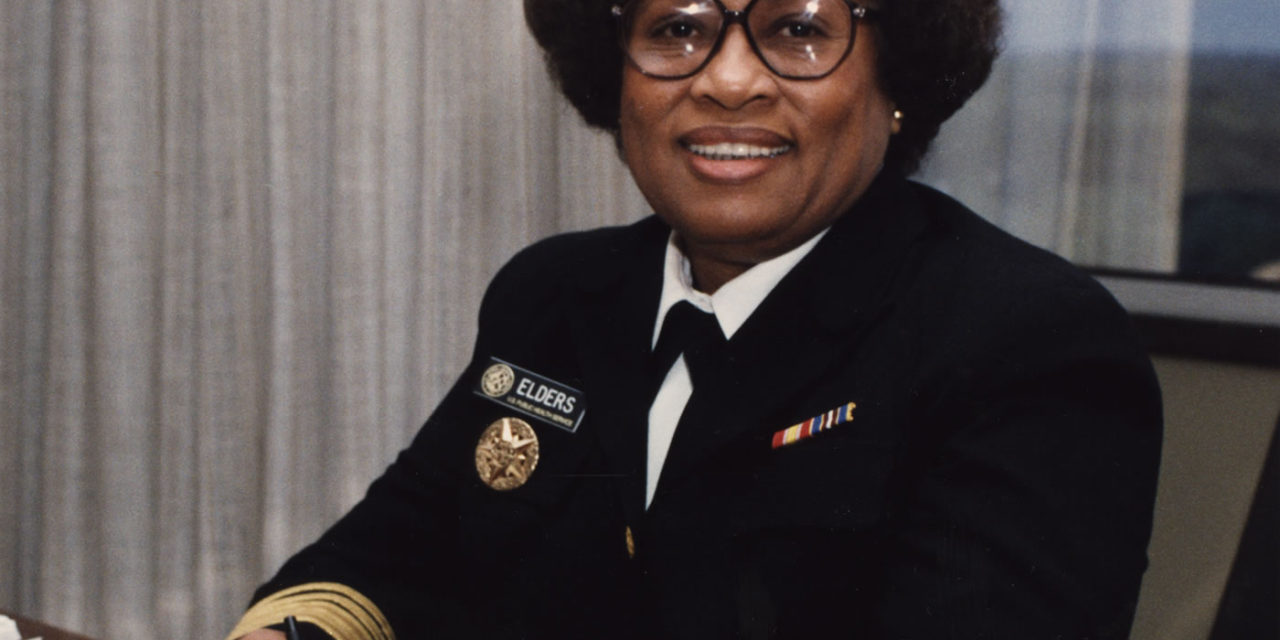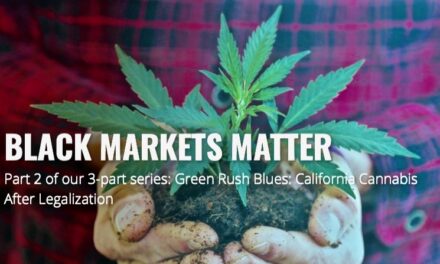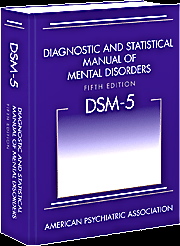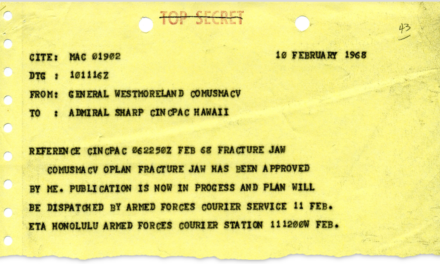Are you a teacher or a student looking for a topic on which to write a paper in connection with Black History Month? O’Shaughnessy’s has published some 15 articles you might find useful. This is a partial list. Contact us if you want the complete set of materials. —FG
• Slaves introduced Cannabis to the Americas “Ethno-botany of the Black Americans” is a very well-researched, very obscure book by Edward Grimé that lists 242 species of plants brought to and used by Africans in the Western Hemisphere.
• John C. Merritt, MD, was a young opthalmologist on the faculty at Howard University College of Medicine who, in the 1970s, conducted pioneering studies establishing that smoking marijuana lowers intraocular pressure and can there be a treatment for glaucoma. “My interest in marijuana’s IOP-reducing properties was twofold,” said Merritt. “First, glaucoma is a leading cause of blindness and improved medical treatments for the disease are critically needed. Second, glaucoma disproportionately affects people of color.” Read Marijuana in the Treatment of Glaucoma: an Affidavit by Dr. Merritt.
- James A. Washington was the Washington, DC Superior Court Judge who presided over United States v. Robert Randall. It was Judge Washington’s acceptance of Randall’s “medical necessity” argument that led to the federal government’s begrudging creation of an “investigational new drug” protocol in the late 1970s. Read James A. Washington: Unsung Hero
- Louis Armstrong openly discussed the benefits of cannabis. Historian Michael Krawitz calls him “the first marijuana activist.” Read some of Armstrong’s riffs on the subject in “Tight Gage —More a Medicine Then a Dope.“
- Undercover police investigators determined in the late 1930s that some 500 “teapads” were operating in Harlem —about as many dispensaries as in LA nowadays. The police were unbiased, out to determine the actual impact of marijuana use. Their findings are quoted in Marijuana Use in NYC… All Those Years Ago.
- “On the Shoulders of Giants,” Kareem Abdul-Jabbar’s book about the Harlem Renaissance of the 1920s and ’30s and its impact on him, personally, is a must-read. A real eye-opener!
• “Ball Don’t Lie” is a selection of items about Jabbar and other superb athletes punished for marijuana use.
• When Miami Dolphins’ running back Ricky Williams said that marijuana was “10 times better for me” than Paxil and quit the NFL rather than accept the owners’ “right” to punish him for using the herb, we played it as front-page news.
When Williams returned to the NFL in 2005 to fulfill his contractual obligation to the Miami Dolphins, “60 Minutes” gloated that the power of money had prevailed. Our follow-up story quoted Williams: “My loyalty is to the truth, not to consistency.”
Ricky Williams stood alone a decade ago. Today a majority of NFL players acknowledge using marijuana, and everyone who uses it knows it has medical effects. We hope the new head of the players’ union will get them a suitably protective contract.
• In February 2016 Former Surgeon General Joycelyn Elders gave a keynote talk at the International Cannabis Business Conference in San Francisco. Dr. Elders had been fired by Bill Clinton in 1994 after acknowledging to the American people that marijuana has medical uses and masturbation is normal.
• Deborah Peterson Small forwarded an item from NPR with a chilling graphic in which Dr. Marion Sims, “the father of modern gynecology” prepares to experiment on a Black woman.
• Colin Kaepernick of the San Francisco 49ers began kneeling during the playing of the national anthem to protest the killing of Black people by police officers. We suggested a more appropriate anthem.





